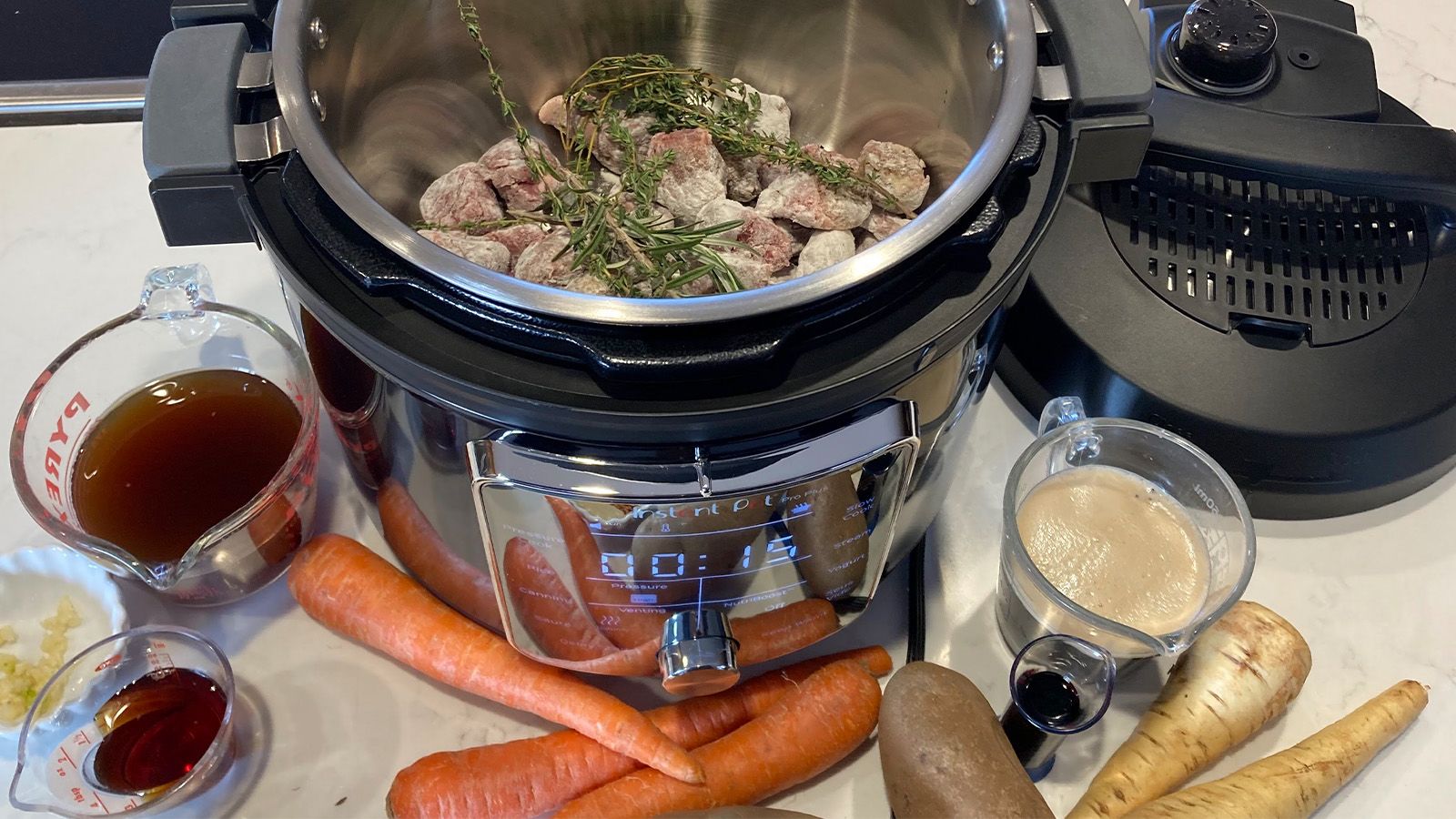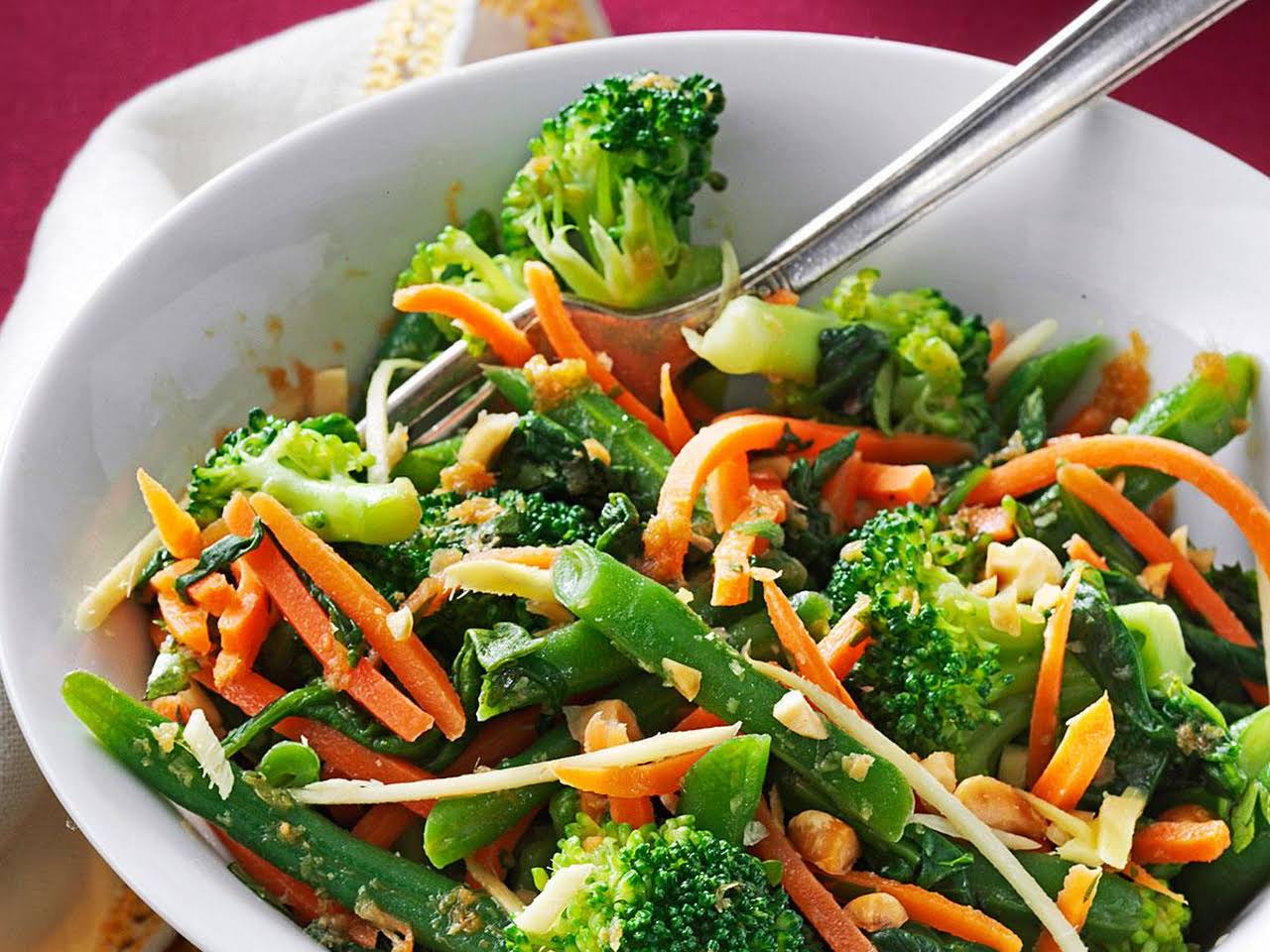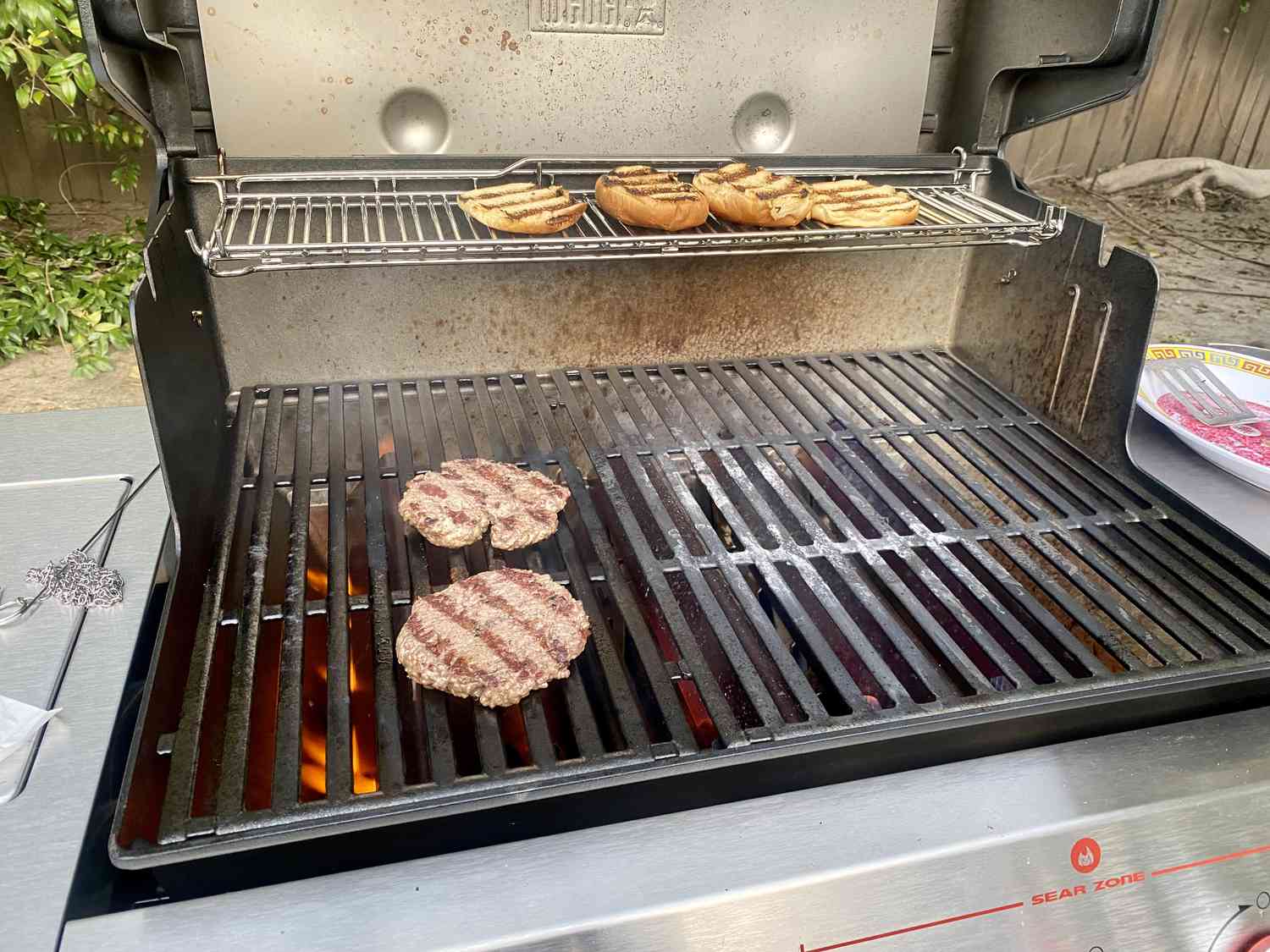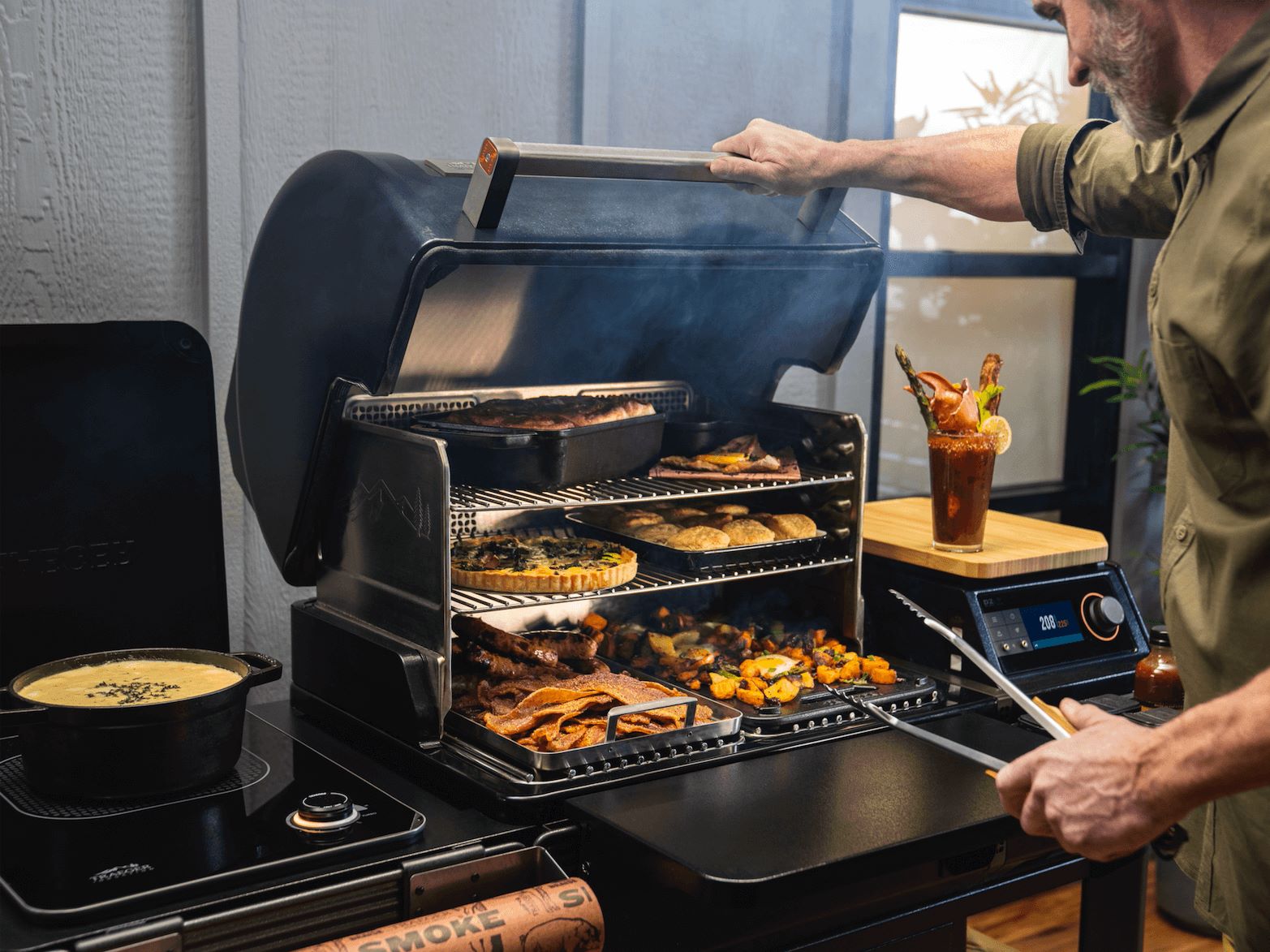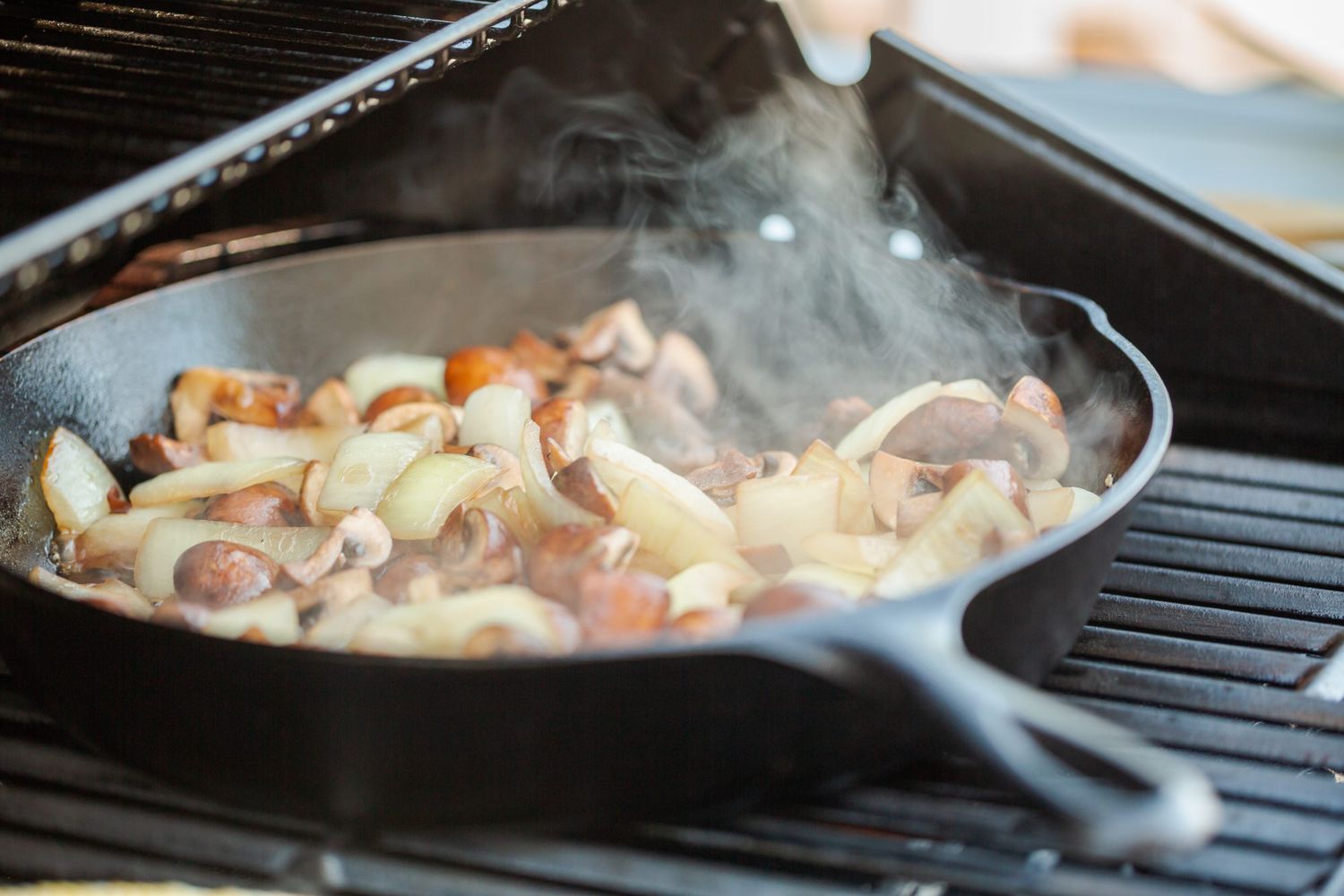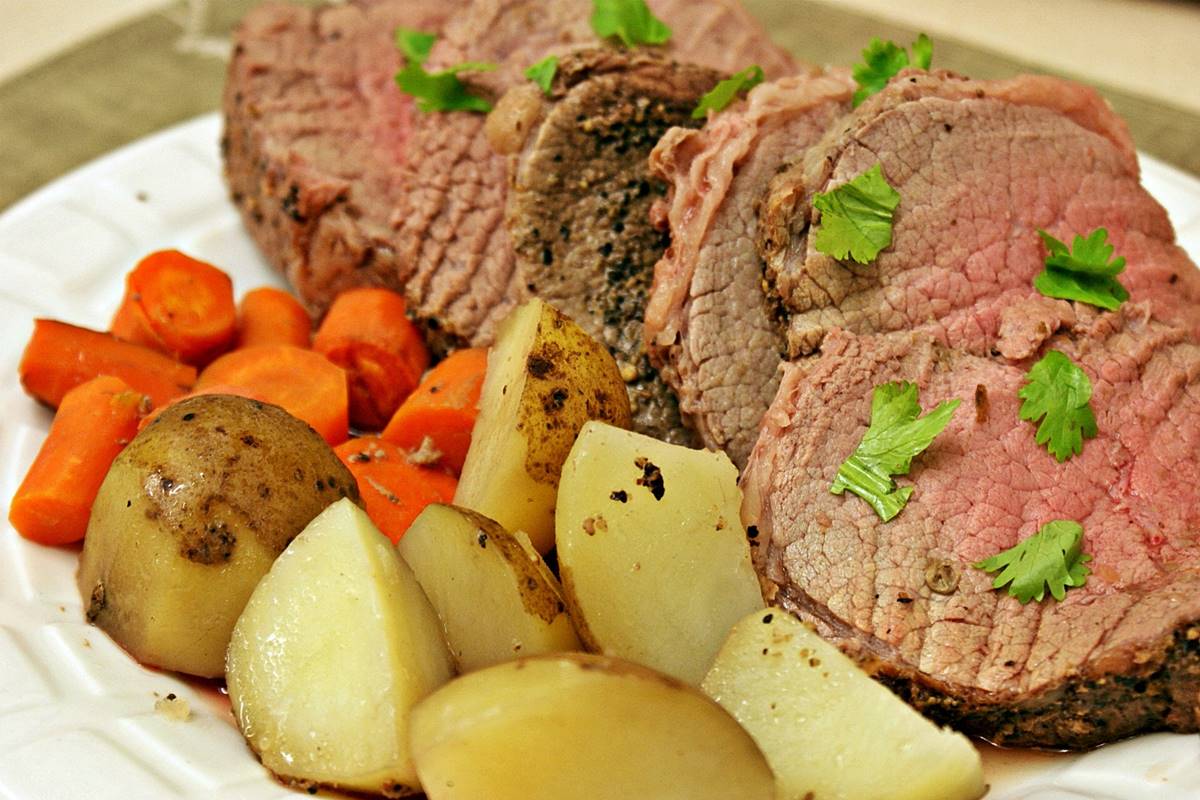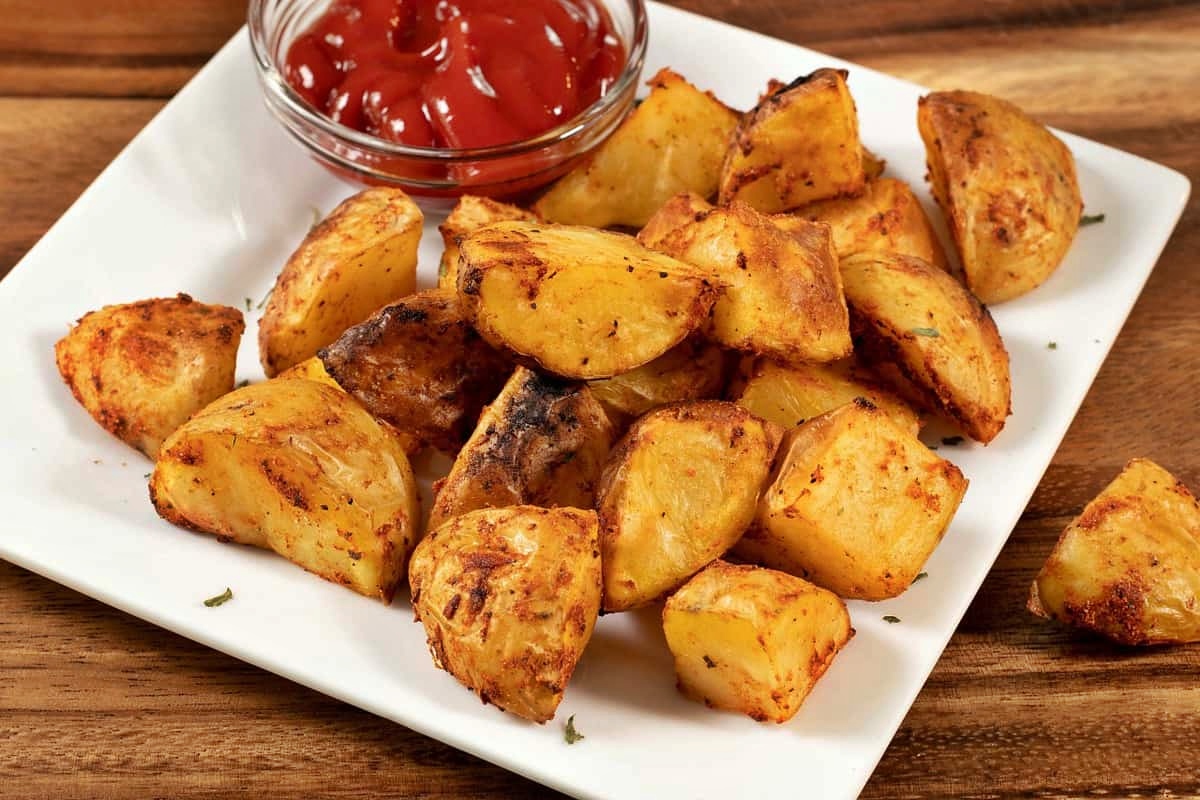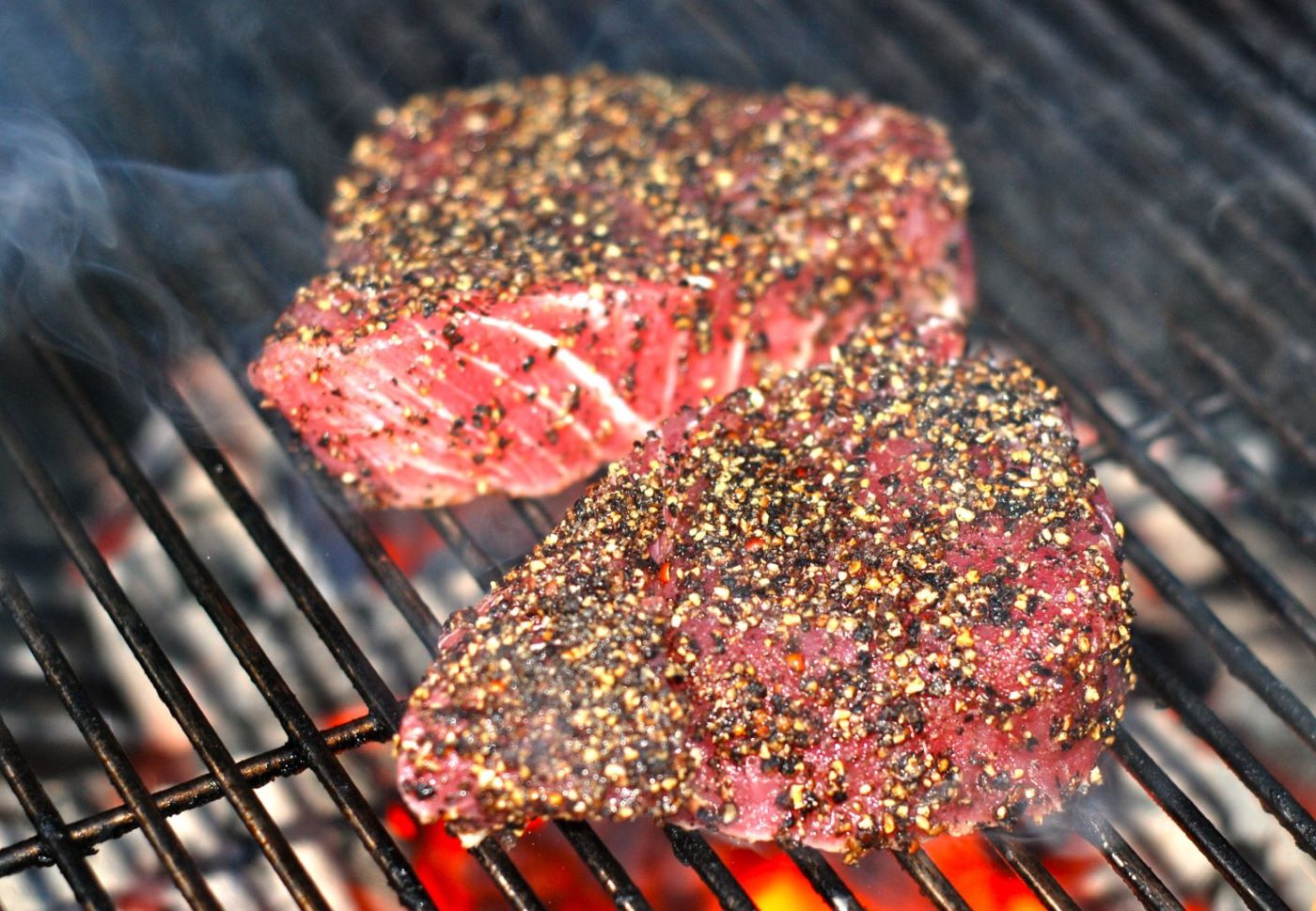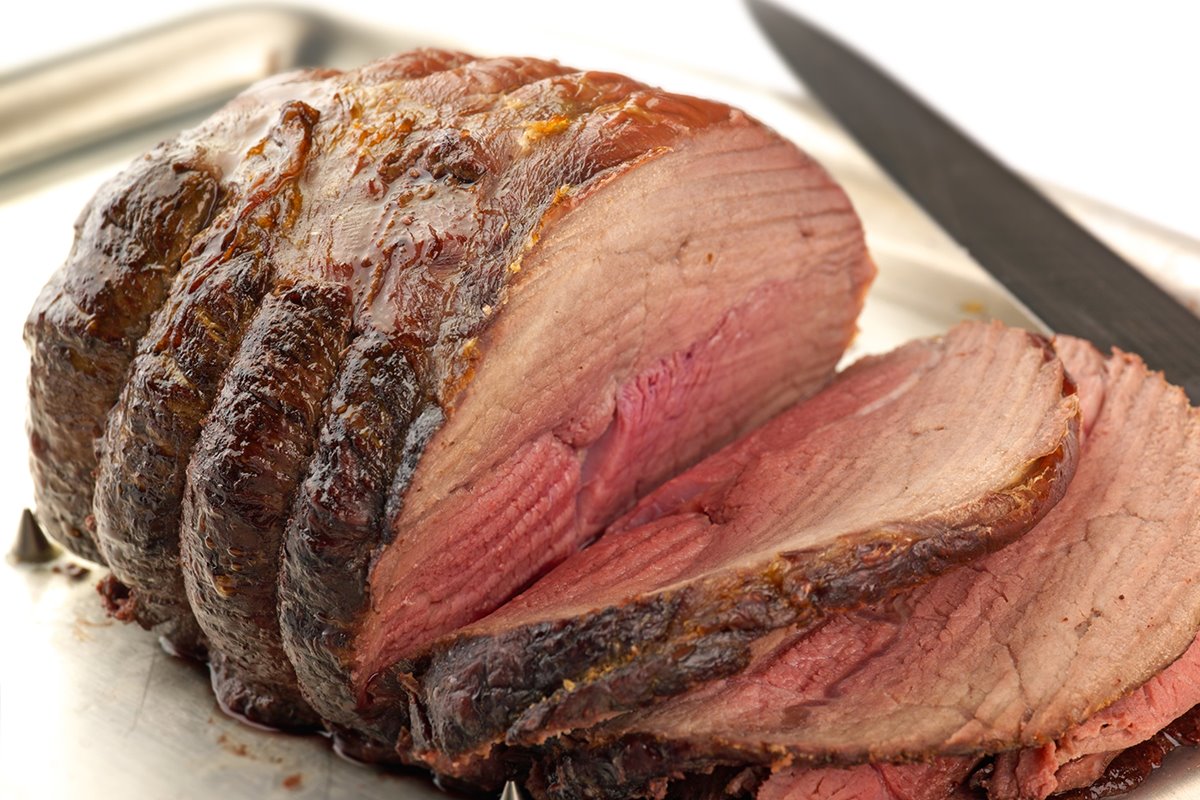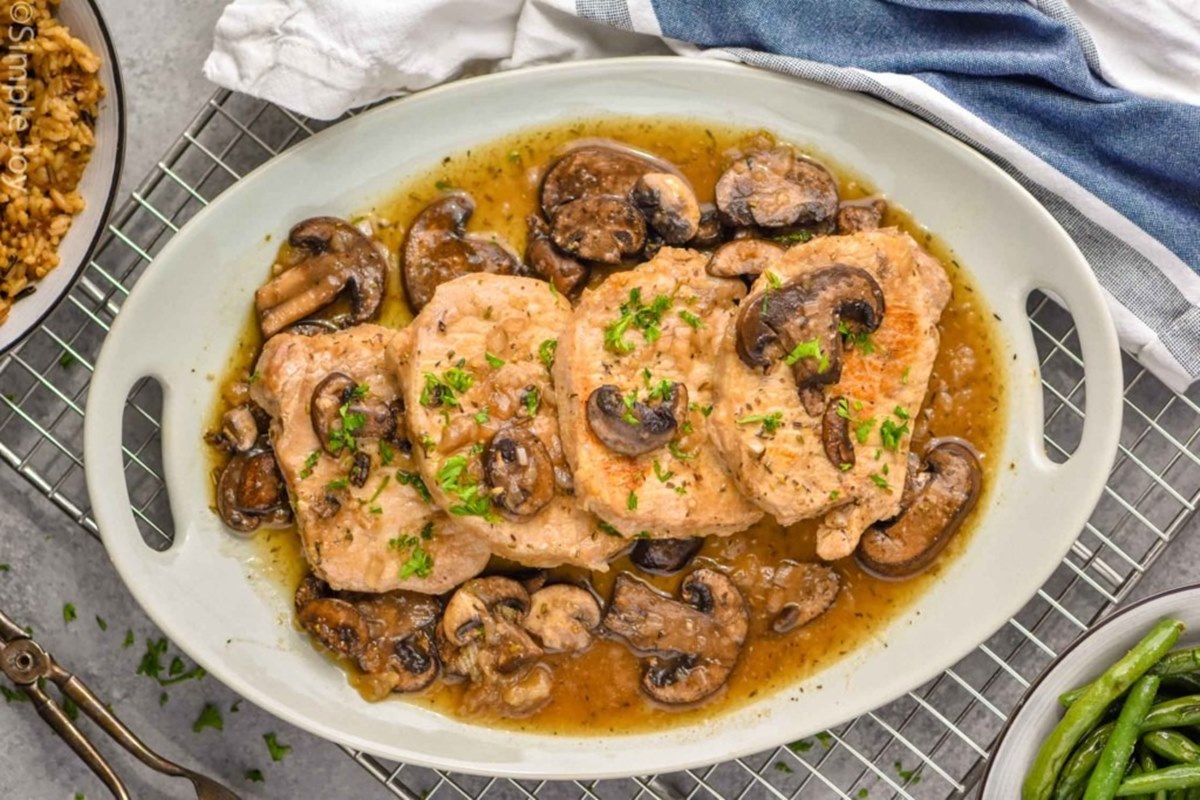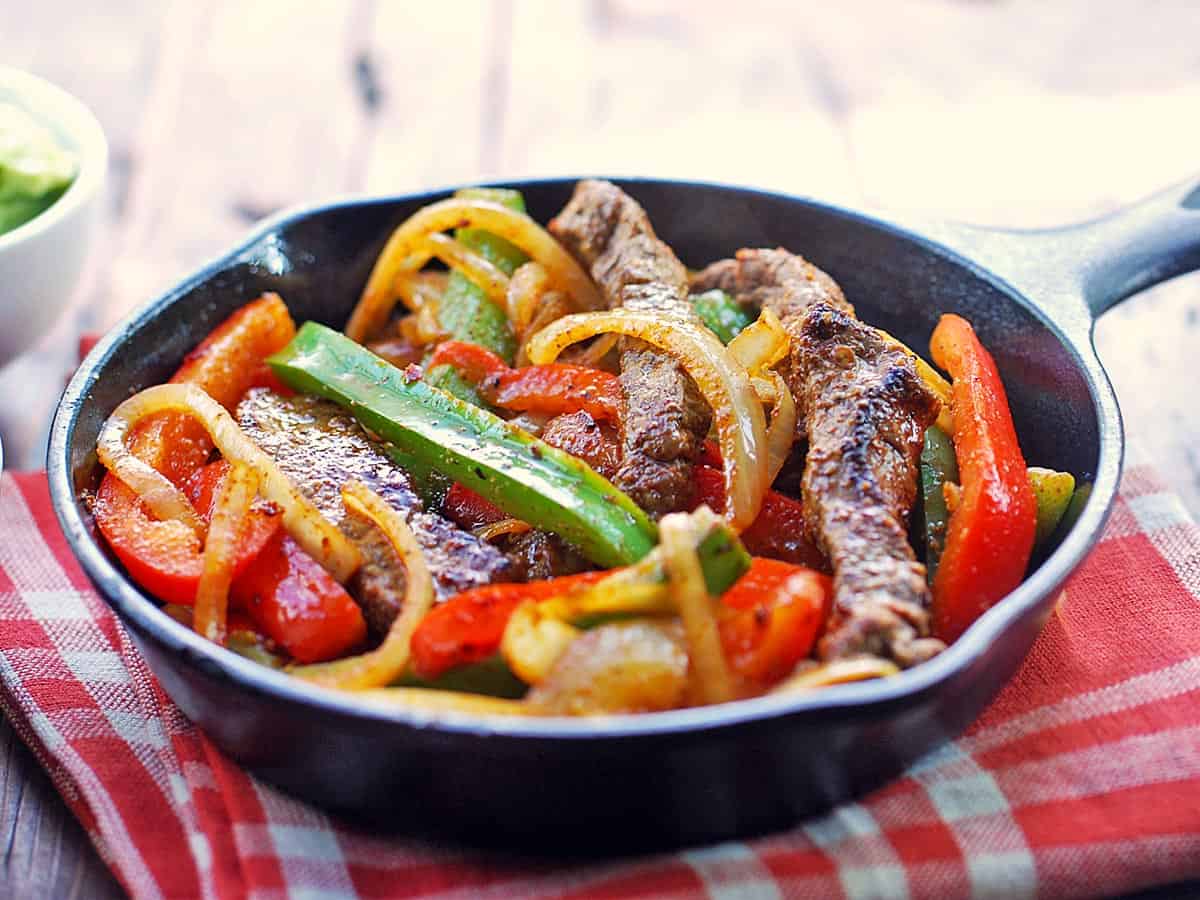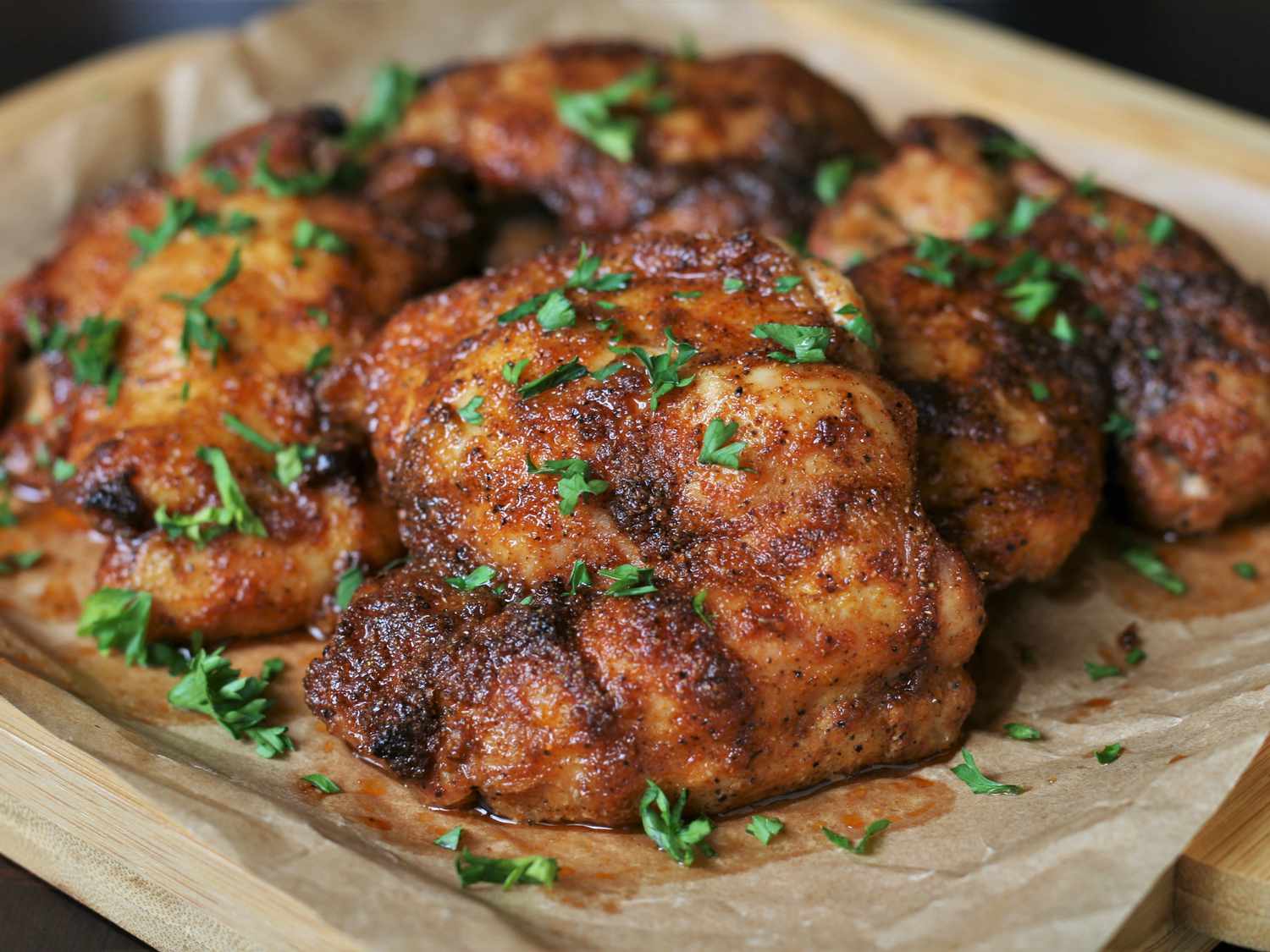Mastering the Art of Searing Vegetables
Welcome to the wonderful world of searing vegetables! Searing is a cooking technique that involves quickly cooking vegetables over high heat to caramelize the outer layer, resulting in a delicious, flavorful crust while maintaining a tender interior. Whether you’re a seasoned chef or a novice in the kitchen, mastering the art of searing vegetables can take your culinary skills to the next level. In this guide, we’ll explore the ins and outs of searing vegetables to help you achieve perfect results every time.
Choosing the Right Vegetables
Not all vegetables are created equal when it comes to searing. Some vegetables are better suited for this cooking method than others. When selecting vegetables for searing, opt for varieties that are firm and have a relatively low water content. This will help them develop a desirable caramelized exterior without becoming mushy. Great options for searing include:
- Bell peppers
- Zucchini
- Asparagus
- Mushrooms
- Broccoli florets
Preparing the Vegetables
Before you start searing, it’s important to properly prepare your vegetables. Begin by washing and drying them thoroughly. Next, cut the vegetables into uniform pieces to ensure even cooking. If you’re searing vegetables with varying cooking times, such as asparagus and bell peppers, consider cutting them into smaller or thinner pieces to ensure they cook at the same rate.
Mastering the Searing Process
Now that your vegetables are prepped and ready, it’s time to master the searing process. Follow these steps for perfect results:
- Preheat your pan: Use a heavy-bottomed skillet or a cast-iron pan and preheat it over medium-high to high heat. It’s important to get the pan hot before adding the vegetables.
- Add oil: Once the pan is hot, add a high-heat oil such as avocado oil or grapeseed oil. Swirl the oil to coat the bottom of the pan evenly.
- Add the vegetables: Carefully add the prepared vegetables to the hot pan in a single layer. Avoid overcrowding the pan, as this can lead to steaming rather than searing.
- Let them sear: Allow the vegetables to sear without moving them for a few minutes. This will help them develop a caramelized crust.
- Flip and sear the other side: Once the first side is nicely seared, use tongs to flip the vegetables and sear the other side until they are tender-crisp.
Seasoning and Serving
After searing the vegetables to perfection, it’s time to season and serve them. While they’re still hot, season the vegetables with a sprinkle of salt and freshly ground black pepper. You can also add additional flavorings such as minced garlic, fresh herbs, or a splash of balsamic vinegar for extra depth of flavor. Searing vegetables enhances their natural sweetness, making them a delicious side dish or a flavorful addition to salads, pastas, and grain bowls.
Experiment and Enjoy!
Now that you’ve learned the art of searing vegetables, don’t be afraid to get creative and experiment with different vegetable varieties and flavor combinations. Searing is a versatile cooking technique that can elevate the humble vegetable to new heights of deliciousness. So, roll up your sleeves, fire up the stove, and embark on a culinary adventure with seared vegetables!
Happy cooking!
